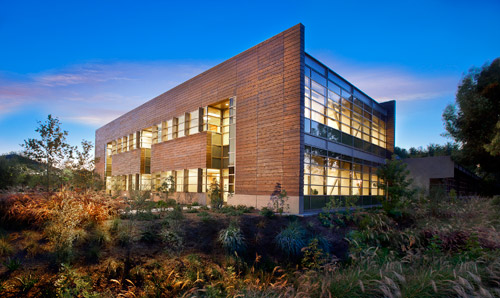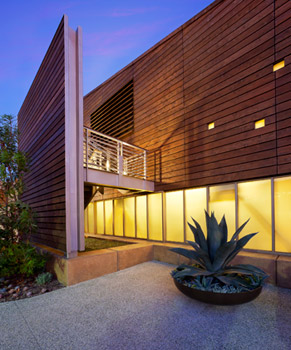Sustainable Design Principle #8: Create Value
As we continue our series on LPA’s 10 Principles of Absolute Design, I can’t think of a better theme to end the year on. These tenets help us think more globally about sustainability, and our approach to integrated sustainable design. Today, we’ll delve into Principle #8: Create Value.
LPA’s 10 Principles of Absolute Design
 Inter + Act
Inter + Act- Do Less
- Challenge Convention
- Zoom Out
- Zoom In
- Build Smart
- Enrich Lives
- Create Value
- Prove It
- Step Up
LPA Sustainable Design Principle #8: Create Value. The green planning and design process should create value for everyone involved. Green architecture isn’t about added cost. It’s about added value. Start viewing the world with this outlook, and you’ll have a much better understanding of the advantages—many immeasurable—that this kind of process can create. In a time when many investments either lose or cannot guarantee they’ll hold their value, good design stands firm. Our buildings stand the test of time well because we have always focused our efforts in solving problems, not chasing the latest architectural “ism” or “fashion.”
We believe in creating facilities that are flexible, adaptable, and timeless. People today, are using facilities we’ve designed many, many ways. Ways they were intended for. And also, ways they weren’t programmed for. Yet, because our buildings tend to have a long life and a loose fit, they are adaptive and allow for changes in program and function.
Creating value in our line of work also encompasses giving clients buildings with lower operating costs—both now, and as time carries on. Everyone is concerned about the long term ability to operate their facilities,  and we know that energy costs will continue to rise (especially in California). Water has become more and more important too—in terms of its availability and how we use it. Therefore, creating value through projects with lower operating costs yields savings, on many fronts, and will be a huge asset to our clients; helping them to manage the cost of their facilities.
and we know that energy costs will continue to rise (especially in California). Water has become more and more important too—in terms of its availability and how we use it. Therefore, creating value through projects with lower operating costs yields savings, on many fronts, and will be a huge asset to our clients; helping them to manage the cost of their facilities.
In fact, this is one of the main reasons LPA started an in-house Energy Servicesgroup in 2008. We look at the continuing viability of energy and how it’s used, and make sure that our facilities are designed so that clients can operate them successfully in the future. A quick, very relevant example, involves operable windows. In the past, operable windows were a costly undertaking. Given the number of window wall systems that offer operable windows, and the easy HVAC system interconnections that are available today, they can be a really good way to save energy and create healthy indoor environments. It’s funny, no one would consider buying a car without windows that opened—even if there’s air conditioning, yet, people commission buildings that don’t open and breathe all of the time.
It’s time to do the simple things better, use what’s readily available wisely, and reap the benefits of living lighter in our schools, corporate facilities, civic and government buildings. We are on the cusp of some major shifts in 2012, and no matter what changes surface, we look forward to being there for our clients, and creating value for them in creative ways. Ways that serve them best.
Dan Heinfeld, FAIA, LEED AP and President of LPA Inc. For more than 30 years, he has led the design direction of the firm. Since 1985, LPA has been recognized with more than 150 AIA national, state and components awards that promote the importance of sustainability in the process of informed design. LPA provides services in architecture, sustainability, planning, interior design, landscape architecture, engineering, and graphics.